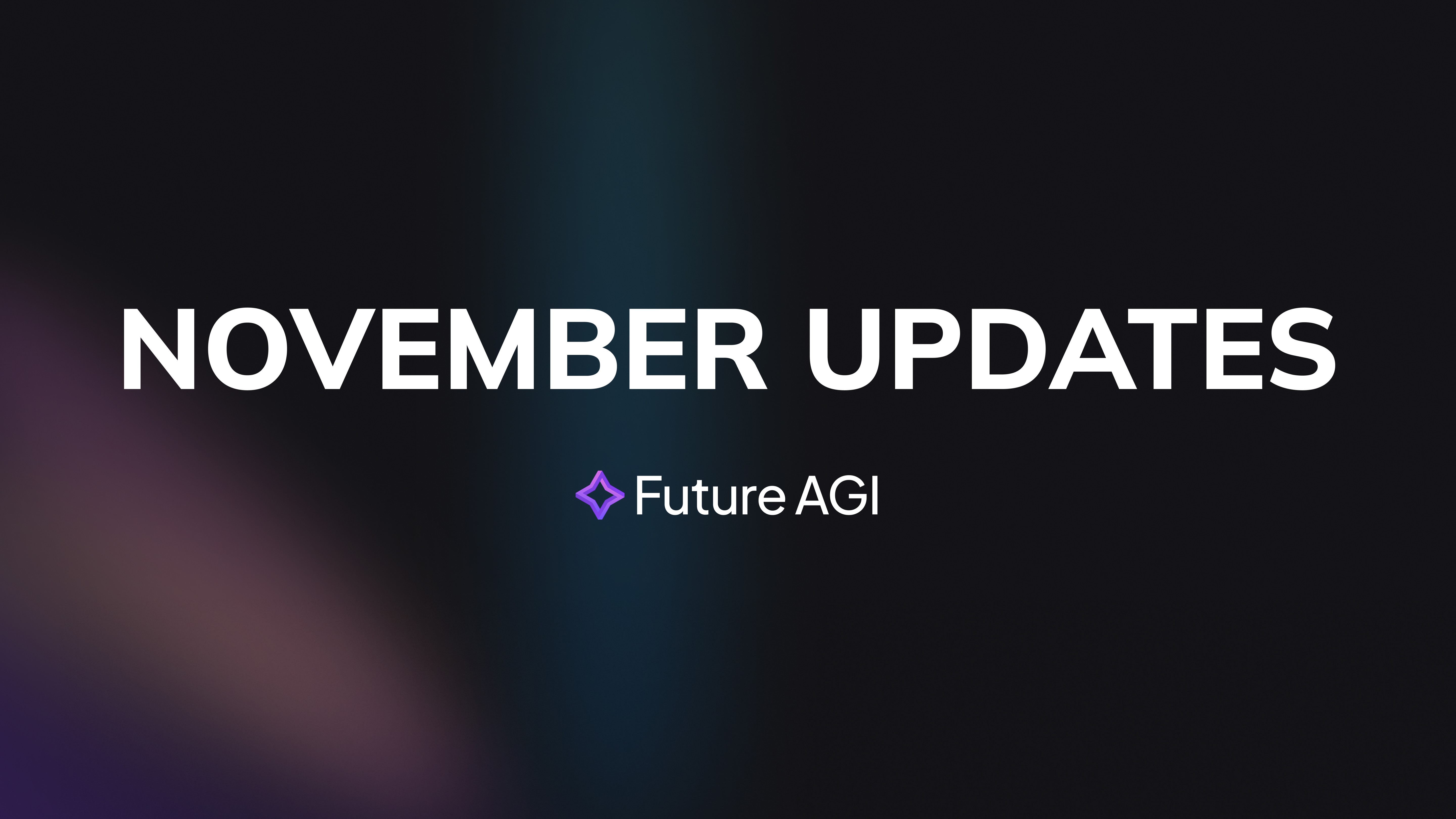1. Introduction
Langchain Callback is a powerful mechanism that enhances AI-driven workflows by enabling real-time event handling and monitoring. In the world of Langchain, where AI models interact dynamically with various tools and chains, callbacks serve as essential checkpoints that provide deep visibility into process execution. While callbacks themselves do not automate workflows, the logs generated from them can be analyzed externally to build event-driven automation. By leveraging Langchain callbacks, developers can streamline debugging, track performance metrics, and gain insights into process execution.
2. What Are Callbacks in Langchain?
In LangChain, callbacks are mechanisms that allow you to monitor and control the execution of chains, agents, and LLM interactions. They enable logging, streaming, debugging, and modifying behavior at different stages of processing. Callbacks are particularly useful for tracking token usage, streaming responses in real time, or integrating with external monitoring tools.
Key Features of Langchain Callbacks
1. Real-Time Event Tracking
Callbacks capture key moments in an AI pipeline, such as when a chain starts or ends execution.
This ensures that developers can observe how data flows through the system.
It helps in identifying slow-performing components and bottlenecks in execution.
2. Performance Monitoring
Callbacks help measure execution time, track resource consumption, and optimize AI workflows.
Developers can monitor how long different components (e.g., API calls or LLM responses) take to execute.
This helps in improving efficiency, reducing API costs, and preventing unnecessary delays.
3. Debugging and Logging
With callbacks, you can see what happens at every stage of the AI processing steps. It also makes it easier to debug any issues that arise.
For error detection, developers log input and output data at different stages.
This is useful for debugging AI failures, tracking token usage, and improving response quality.
Common Use Cases for Langchain Callbacks
1. Logging and Debugging
Callbacks help track AI workflows and pinpoint where performance issues arise.
If a response takes too long or fails, callbacks provide logs to analyze what went wrong.
Developers can identify specific API calls, models, or prompts that need adjustment.
2. Performance Tracking
Monitoring token usage and API response times ensures efficient resource allocation.
By tracking token consumption, developers can optimize prompts and reduce API costs.
It also helps balance the trade-off between performance and cost-effectiveness.
3. Event-Based Triggers
Callbacks allow for automated notifications or follow-ups based on your workflow’s state.
For example, a callback can trigger an alert if an API call fails.
You can also add triggers to make something else happen like saving the AI response to a database.
Overall, Langchain callbacks enhance observability, streamline debugging, and improve the overall efficiency of AI-powered applications
3. How Langchain Callback Works

Langchain Callback operates through predefined event hooks that respond to different stages of AI execution. These events are essential for tracking interactions across chains, tools, and LLMs, providing valuable insights into system performance and debugging.
Core Callback Events in Langchain:
on_chain_start – Triggered when a new chain execution begins.
This event logs the start of a sequence of operations, allowing developers to track the input data and execution flow.
It is useful for initializing resources, capturing request details, and ensuring the chain functions as expected.
on_chain_end – Fires at the end of a chain process.
It provides details about the final output, execution duration, and potential errors encountered.
Developers can use this event to optimize workflows, debug failures, or log results for further analysis.
on_tool_start – Logs when an external tool is called.
This event records when Langchain interacts with an external API, database, or any integrated service.
It helps track API request parameters, monitor external dependencies, and prevent unexpected failures.
on_tool_end – Captures tool execution completion.
Once an external tool completes its process, this event logs the response or outcome.
Developers can use this to validate data, handle errors, or trigger the next steps in the AI pipeline.
Every one of these events has its importance which keeps an eye on and optimizes the workflow that is powered with the help of AI.
4. Implementing Callbacks in Langchain
Setting Up a Basic Callback in Langchain
To start using Langchain callbacks, you need to register them with the Langchain execution environment. Here’s a step-by-step guide:
from langchain.callbacks import StdOutCallbackHandler
from langchain.llms import OpenAI
# Registering a built-in callback handler
callback = StdOutCallbackHandler()
llm = OpenAI(callbacks=[callback])
response = llm("Explain quantum computing in simple terms.")
The StdOutCallbackHandler is a built-in callback that logs execution details to the console. It’s useful for quick debugging and monitoring without needing custom setup.
When to Use Built-in vs. Custom Callbacks
Langchain provides built-in callbacks that are sufficient for basic use cases such as:
Monitoring model execution status
Logging input-output details for debugging
Tracking token usage and performance
Creating a Custom Callback Handler
For more advanced use cases, developers can create custom callback handlers to implement specific logging, analytics, and automation workflows.
from langchain.callbacks.base import BaseCallbackHandler
class CustomHandler(BaseCallbackHandler):
def on_chain_start(self, **kwargs):
print("Chain execution started!")
def on_chain_end(self, **kwargs):
print("Chain execution completed!")
llm = OpenAI(callbacks=[CustomHandler()])
With custom callbacks, you can:
Tailor logging and monitoring based on business needs
Integrate with external analytics or monitoring platforms
Automate responses to specific events during chain execution
Exception Handling in Callbacks
To make callbacks more resilient, you can implement exception handling within custom handlers. This ensures that errors within the callback do not disrupt the main execution pipeline.
class SafeHandler(BaseCallbackHandler):
def on_chain_start(self, **kwargs):
try:
print("Chain execution started!")
except Exception as e:
print(f"Error during start: {e}")
def on_chain_end(self, **kwargs):
try:
print("Chain execution completed!")
except Exception as e:
print(f"Error during end: {e}")
llm = OpenAI(callbacks=[SafeHandler()])
When to Use Built-in Callbacks:
Quick debugging and logging
Simple monitoring needs
When to Use Custom Callbacks:
Advanced logging and analytics
Automation of complex workflows
Integration with external systems
5. Best Practices for Using Callbacks
Use Callbacks Selectively
Using logging and tracking will help analytics but if it happens too much, the performance will suffer from it.
Focus on logging only the most critical events, such as errors, latency, or key interactions.
Avoid tracking every minor operation unless debugging specific issues.
Utilize logging levels (debug, info, warning, error, etc.) to manage the verbosity of your logs.
Handle Errors Gracefully
Things sometimes go wrong when callback functions are executed. To avoid workflow stoppages, include proper exception handling in your callback functions.
Use try-except block for callbacks so that an error doesn’t break the execution.
Implement logging for errors to help with debugging and root-cause analysis.
If a callback fails, ensure that it does not interfere with the main execution of the chain or tool.
Optimize Execution Flow
Callbacks should not introduce unnecessary delays or slow down the overall system.
Use asynchronous (async) callbacks wherever possible to avoid blocking operations, ensuring smooth execution.
Minimize computationally expensive operations within callbacks—offload heavy processing to background tasks if needed.
Batch logs and analytics data instead of logging every single event individually.
Leverage Built-in Callbacks
Langchain provides several pre-configured callbacks that cover common use cases, reducing the need for custom implementations.
Utilize built-in callbacks like StreamingStdOutCallbackHandler for real-time output logging.
Take advantage of TracingCallbackHandler to analyze execution flow and optimize performance.
Explore Langchain’s integrations with monitoring tools (e.g., Weights & Biases, LangSmith) for deeper insights into LLM interactions.
By following these best practices, developers can effectively manage Langchain callbacks, ensuring smooth AI workflows while maintaining performance and reliability.
6. Real-World Use Cases
Logging and Debugging AI Workflows
Using callbacks help developers easily spot and troubleshoot errors in how an AI app works.
Example: Suppose an AI chatbot is not responding as expected. When you log on_chain_start and on_chain_end, then the developer can see each step of the chain and where it breaks.
Tracking Token Usage and Performance
Callbacks allow monitoring of API calls and execution times, helping to optimize resource consumption.
Example: A company using OpenAI’s GPT API wants to minimize costs. By tracking on_llm_start and on_llm_end, developers can analyze token usage per request, identify excessive token consumption and optimize prompt lengths or response formats to reduce expenses while maintaining quality.
Implementing Advanced Monitoring & Analytics
Callbacks can be integrated with analytics tools like Prometheus or Datadog to provide real-time insights into AI interactions.
Example: A customer service AI gets thousands of queries every day. With the help of on_tool_start and on_tool_end, they can get the API response timings and also monitor slow or failing services.
Langchain’s callback system ensures your AI workflows are efficient, reliable and decide better when you use them for business and development purposes.
Summary
Langchain Callback is a crucial feature that enhances AI workflow management through real-time event handling and monitoring. It enables developers to track execution, debug processes, and optimize performance effectively. If developers learn how to use Langchain callbacks it can be very useful to them and improve their application. Langchain Callback is a useful tool for any AI developer. Logging, analytics or automations are all possible with Langchain Callback.












